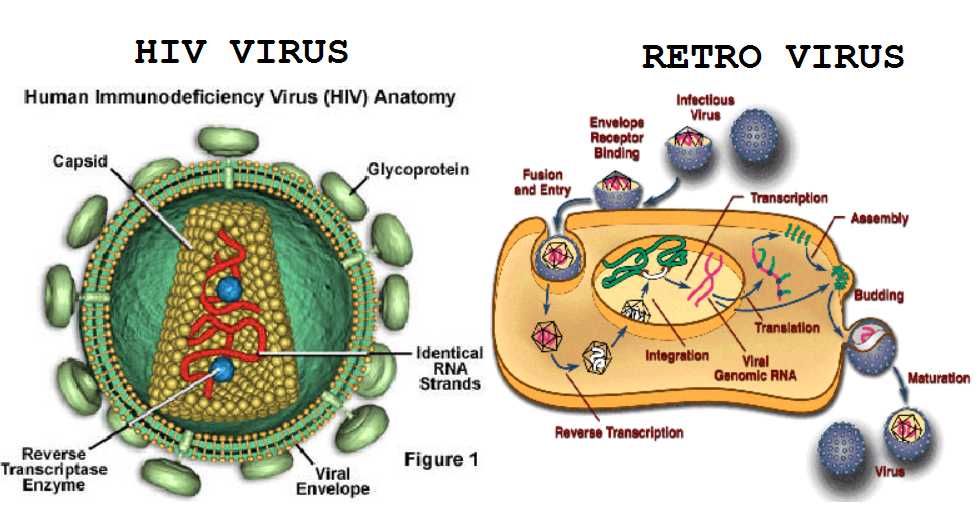226.CAN A VIRUS BE SEEN?
A virus is the smallest organism that produces disease. It cannot be seen directly by the ordinary microscope. But this doesn’t mean that science hasn’t been able to study the structure of a virus. Today there these tiny organisms to become visible. And science is able to know quite a bit about the sizes and shapes of various types of viruses by means of the electron microscope.
The electron microscope uses beams of electrons instead of rays of light. The electrons pass through the specimen being observed and strike a photographic plate on which a picture is obtained. In this way, it is possible to magnify an object about 100,000 times.
By using the electron microscope, it has been shown that viruses range in size from about 300 millimicrons to 10 millimicrons. What is a millimicron? It is one thousandth of a micron. And a micron is about 0.00004 millimeters.
Nobody is quite sure yet exactly what viruses are. Some scientists think they are closely related to bacteria. Other investigators believe they are like elementary particles, similar to “genes.” Still others believe viruses are possibly midway between living and nonliving matter.
As far as we know, viruses can grow and reproduce only within living tissue. This means it’s impossible to cultivate them away from living tissue, and it makes it difficult to study their growth habits. That’s why they are classified by their ability to infect living cells and by the reactions they produce in the body of animals or humans.
Does the virus produce a poison or toxin? It is now believed that they do produce toxins, but the toxin and the virus particle cannot be separated. And we still don’t know how these toxins produce disease if they do!



Leave a Reply